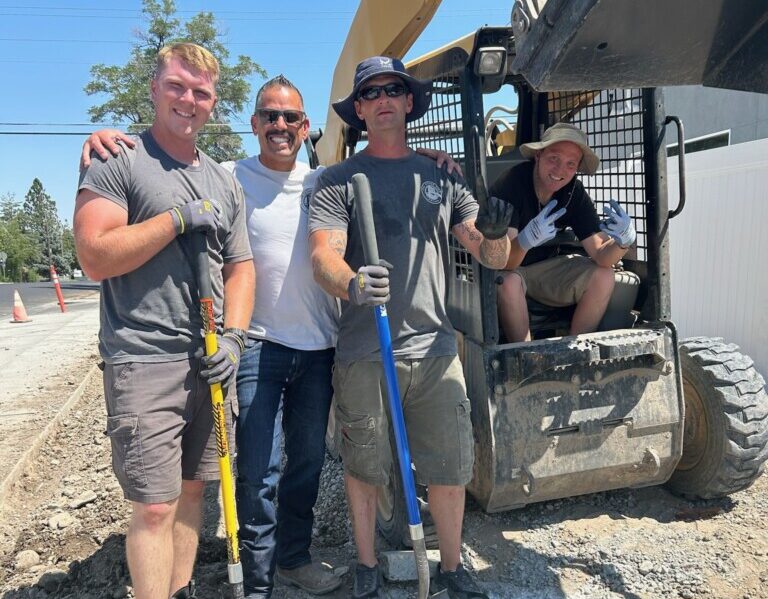Climate Change in Paleolithic America Resulted in Massive Lifestyle Changes
Americans are always changing our lifestyle habits: especially in how we live and what to eat. Every year there is a new fad diet and more people make drastic changes such as living in vans or tiny homes to live the dream of a nomadic life, less attached to the “burdens of society or “working for the man”.
It seems from recent archeological findings that this isn’t the first time there have been dramatic changes in priorities and lifestyle in North America.
Dr. Joel Janetski, former BYU professor, and Dr. John Ives from the University of Alberta began collaborating on the findings from caves near Promontory, Utah near the shore of the Great Salt Lake nearly twenty years ago.
The caves in Promontory became famous after a distinct set of moccasins were discovered there, well intact, still smelling of smoke in the 1930s. These moccasins and their distinct design dispelled popular notions of where most of the indigenous tribes of Utah had migrated. They were Canadian-style Moccasins found in a cave in Utah. How could this be? That is a question archaeologists have been attempting to answer for the past fifty years.
After subsequent archeological digs, Janetski and Ives have made some astonishing conclusions.
They have found that indigenous people from Canada, who spoke Dene, migrated south into the area around Utah beginning about 1300 years ago. This migration was possibly due to a volcanic eruption. These Indians were excellent buffalo hunters and thrived in the fields and planes around the Great Salt Lake, while other area tribes were struggling.
At this time the predominant inhabitants were the “Fremont Indians”. A culture that possibly migrated from the south but who had certainly had adopted farming. The Fremont lived in a similar manner as the Pueblo Indians, storing grains in pottery, subsisting on corn, beans, and squash. Around Utah Lake and near the Uintas the Ute Indians were bearded fishermen. The Utes would later adopt the horse to a great extent and live as nomadic hunters.
Did the Dene-speaking Indians from Canada influence the Utes and change the culture in Utah from a predominantly farming society to become nomadic hunters? Perhaps that was a factor, but Janetski believes that the main factor was more likely climate change.
Climate Change in Paleolithic America
Through archeological findings and evidence, it was determined that there was a massive drought in nearly all of North America in the 1300s. The drought made it impossible for the Fremont to raise their crops as they had for hundreds of years. As a result, the Fremont abandoned farming and resorted to foraging. Dr. Janetski, prefaces all of his findings in a very diplomatic manner saying, “All available evidence suggests.” He understands how dramatically the picture of the past can change with new findings.
The dry, salty air around the caves near Promontory, Utah preserved the moccasins and the “accouterments” of the former inhabitants for 800 years. It’s determined that they were thriving because many more pairs of moccasins belonging to teenagers (who must have lost them, much to the disdain of their parents). The moccasins are kept by the University of Utah’s Natural History Museum.
Dr. Janetski and Dr. Ives began collaborating on their findings making attempts to understand the people who lived there twenty years ago.
Janetski says that, unlike the predominant Indians in Utah, these people were primarily hunters of buffalo, and the researchers concluded that they migrated from Canada, because the style of their moccasins and pottery and accouterments moccasins, mittens, complete arrows, feathers, quills, and fur differ from both the Ute Indians and the Freemont. The Dene from Canada were the ancestors of the Navaho and Apache people.
Dr. Janetski and Dr.Ives are publishing a new book on their findings of the post-Fremont.
FOR MORE UTAH STORIES PODCASTS GO HERE.
![]()

![]()






